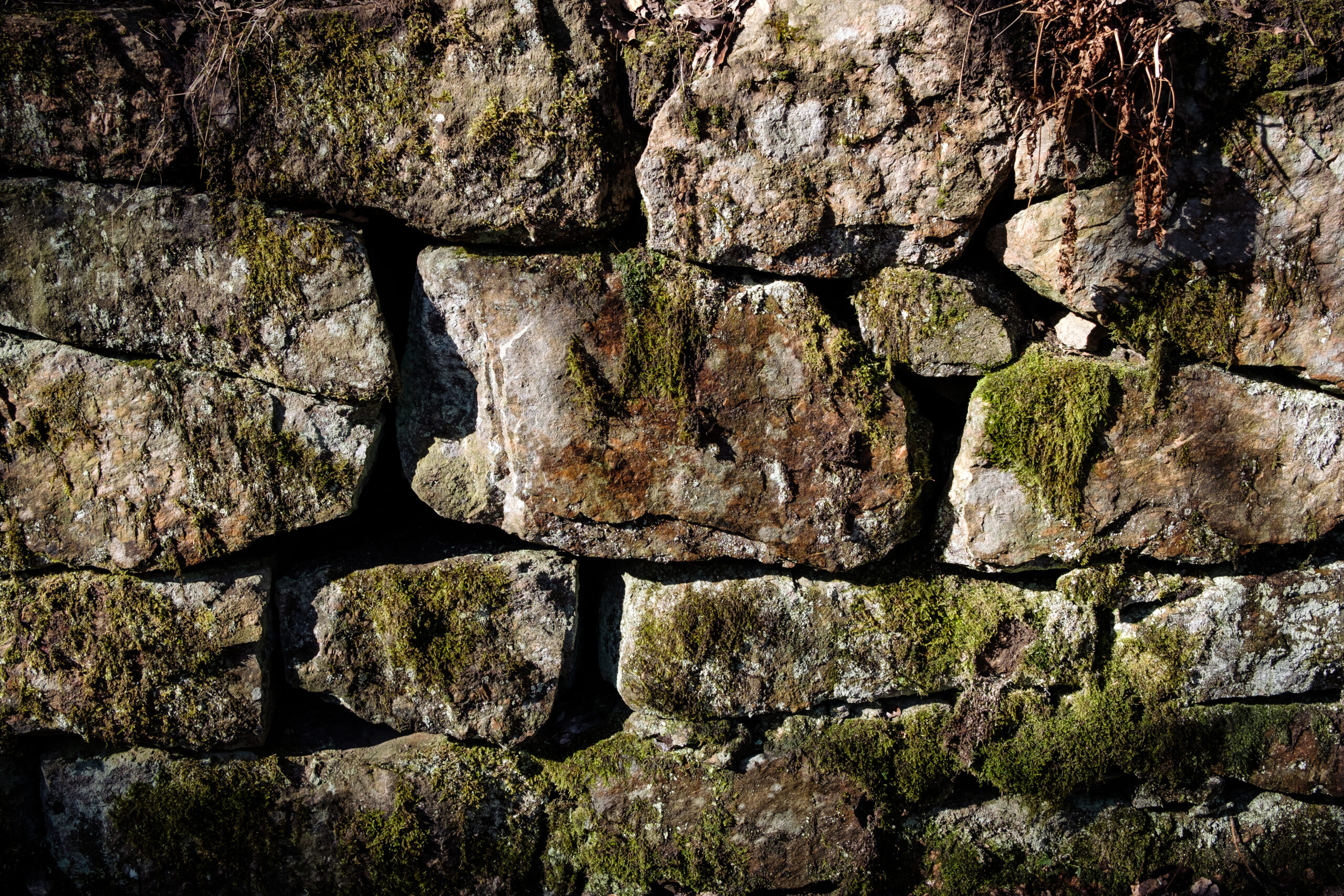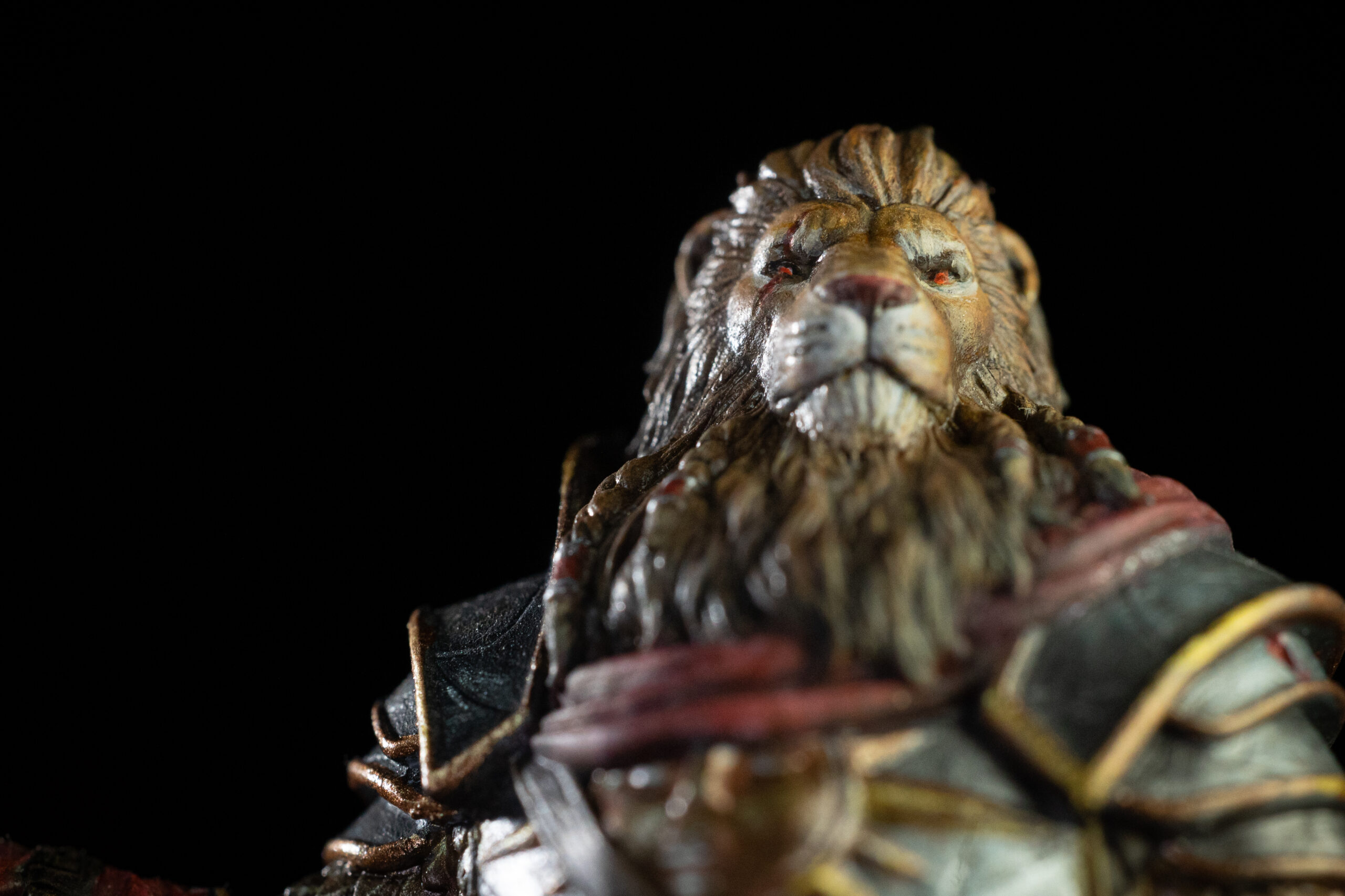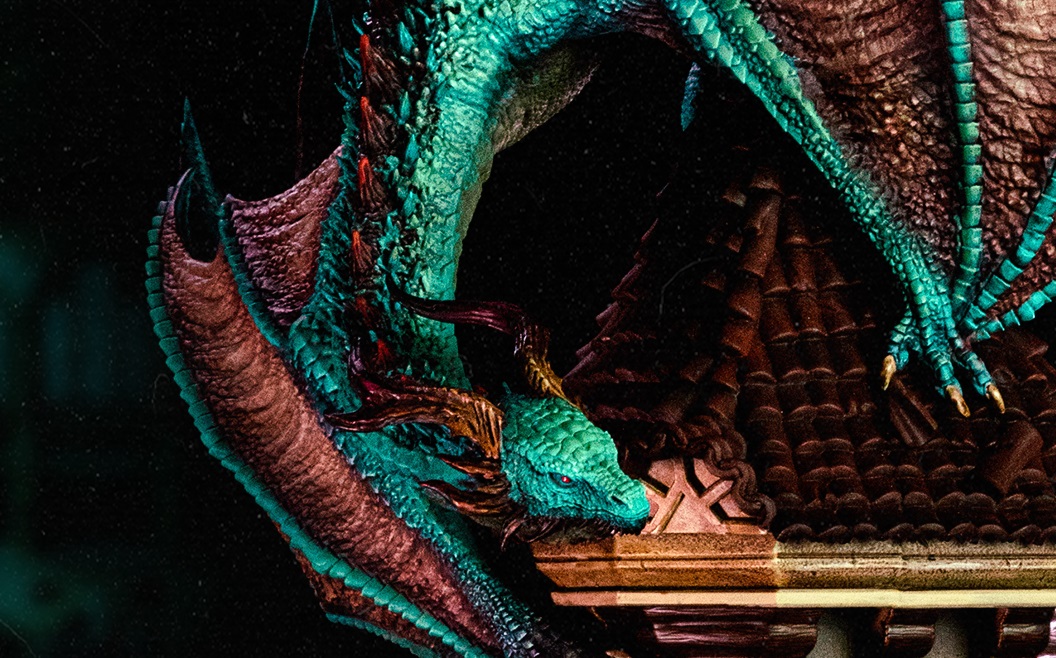Painting Technique: Wet Blending
Mastering Your Miniature Painting With Moist
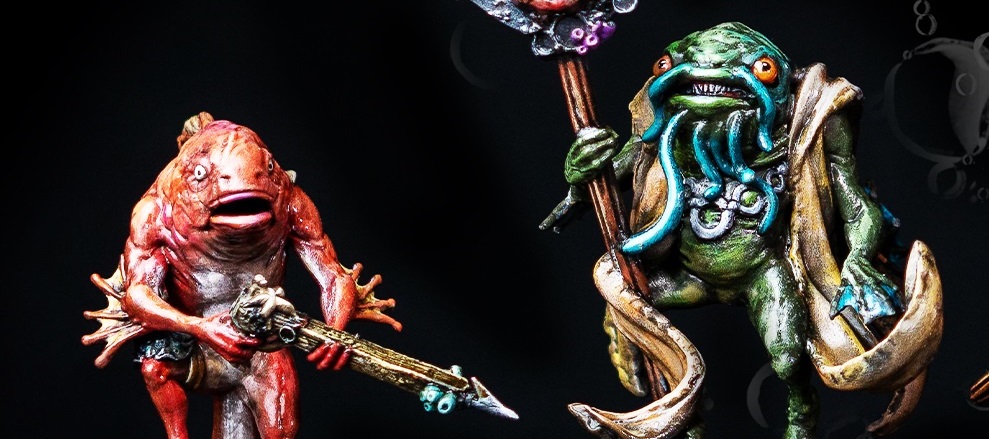
Wet blending, a technique celebrated for creating seamless color transitions and smooth gradients, is a cornerstone of artistic mastery. This approach, where colors are mixed directly on the canvas while the paint is moist, allows for an exquisite fusion of shades, producing remarkable visual effects. How about we explore it a little more?
Origins of Wet Blending
Originating in traditional artistry, this method has expanded its reach into diverse artistic fields, and it can also be used in the craft of miniature painting. The historical backdrop of this technique traces to when artists sought to capture more lifelike representations, blending moist paints to emulate the subtle interplay of light and shadow found in nature. This skill was particularly advantageous for achieving soft edges and nuanced tonal shifts, becoming a preferred method among portrait and landscape painters for enhancing depth and realism.
Evolution and Miniature Painting
In the modern era, applying this technique has found a unique niche within miniature painting, where the challenge lies in creating smooth transitions on the diminutive surfaces of miniature figures. The capacity to merge colors effortlessly at such a scale is instrumental in achieving high realism, making it a prized skill among miniature painters.
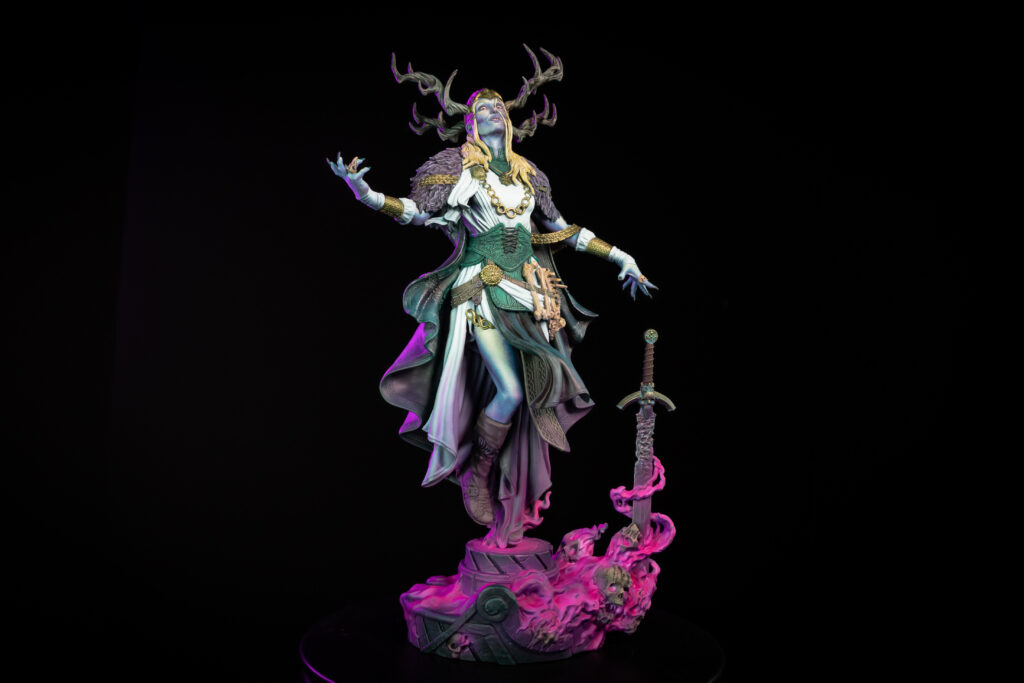
Applying this technique to miniature figures involves a nuanced balance of paint viscosity, precise timing, and brush control, so the key to doing so is maintaining the paint’s fluidity for blending yet ensuring it remains dense enough for coverage. Artists often start with a base layer, introducing a second color while the first is still moist to mix at the desired point, using a clean, slightly wet brush to merge the hues gently.
How to Master the Technique
Numerous resources, including online tutorials, video demonstrations, and blog posts offer in-depth guidance for those looking to refine their wet blending skills. These provide invaluable insights into selecting the right tools and enhancing the wet blending process.
Moreover, engaging in workshops or classes under the tutelage of experienced artists can offer immersive learning experiences. These opportunities provide hands-on practice and personalized feedback, which is crucial for mastering the subtleties of wet blending.
Beyond the technical aspects, mastering this technique requires an understanding of color theory and the dynamics of paint interaction. Experimentation is a vital part of the learning process, allowing artists to develop a personal style that adapts the technique to their unique vision and the specific demands of each project. Through trial and error, artists discover how different paint consistencies, brush types, and blending methods affect the outcome, enabling them to tailor their technique to each figurine’s intricate details. This process of experimentation is not just about perfecting the application of wet blending; it’s about finding one’s voice within the art form, making each miniature not just a model but a storytelling
piece that reflects the artist’s distinct style and creativity.
Wet blending is a pathway to elevating the artistry of your work. The main word here is practice, practice, and more practice. Summing that up, with some patience and a willingness to experiment, mastering wet blending can become an attainable and rewarding goal for mastering miniature painting.
Loot Studios can help you paint highly detailed minis, statues and props. Choose your favorite bundle from our previous releases or sign up for Fantasy or Sci-Fi to receive a new bundle every month. You can also check out some tips at our YouTube Channel.


